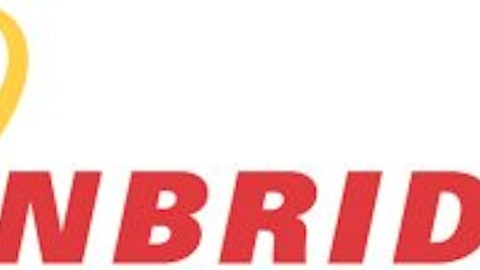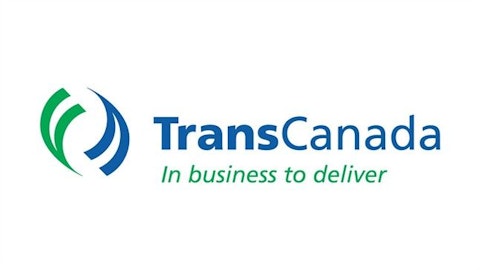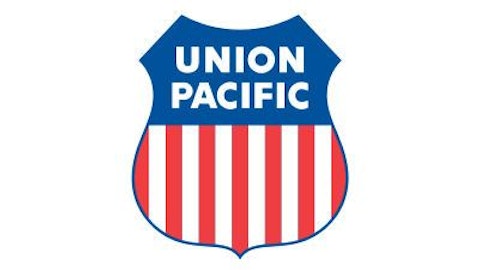By now, you’ve probably heard about TransCanada Corporation (USA) (NYSE:TRP)’s Keystone XL pipeline. For even the most casual observer of the energy industry, this project has been the spark that has ignited poltical debates ranging from environmental hazards, emission of greenhouse gasses, and North American energy independence. In Tuesday’s speech on climate change, President Barack Obama made a point to discuss the fate of the Keystone XL: “Allowing the Keystone XL pipeline to be built requires a finding [from the Department of State] that doing so will be in our nation’s interest.”
There are clear environmental concerns that several people have regarding the construction of this pipeline, but the story is so much more than that. To help better understand the entire story of the Keystone XL pipeline, we at the Fool want to give investors a better look at what the Keystone XL means for all parties involved. In this part, we’ll take a look at what Canadian oil sands mean to railroad companies, and what approval or rejection of the pipeline could mean for these companies.
I got 99 Problems, but a pipeline ain’t one
Before railroads even consider the fate of Keystone XL, they all have their own kinds of problems they have to deal with if they want to move oil via rail to the Gulf Coast. The average cost to move a barrel of oil from Alberta to the Gulf coast via pipeline ranges from $7 to $11; that price jumps to $30 if it decides to go via rail. The only way for rail to be a competitive force in moving oil from Alberta to the Gulf coast is if the current price differential between Canadian heavy oil, and other heavy sources, were to stay above that $30 mark.
For railroads, though, there are three distinct advantages that could play into their hands. Railroads can provide more delivery options for crude oil. So, if the opportunity was there, railroads could transport heavy crude to refineries on the East and West Coast. This has been a common trend that has proven lucrative for producers in the Bakken region. Both Valero Energy Corporation (NYSE:VLO) and Phillips 66 (NYSE:PSX) have signed rail contracts to ship crude from the Bakken to their coastal refineries. As long as the costs for rail shipments to these other markets can stay under foreign crude prices, then rail has a much better shot at delivering to these refiners.
Second, pipelines can only carry so much oil, and that excess produced in Canada needs to be delivered somewhere. Provided that every proposed oil pipeline were to come online in the U.S., the combination of oil sands and Bakken production is expected to outpace pipeline capacity by 2022. If producers are desperate to keep the oil moving, they might need to rely on rail, even if it means taking a price cut to move it to market.
Finally, oil sands bitumen doesn’t need to be blended for shipment. In order for oil sands to flow freely in a pipe, it needs to be diluted with light compounds such as condensate. If the price for these light products becomes prohibitively expensive, then rail has a shot at competing against pipelines. At the same time, it would still need to be able to deliver to the Gulf Coast at a price less than what we can import for.
Source: wikicommons.org/kmusser
Who actually will be affected?
In terms of oil sand crossing the border via rail, only Canadian Pacific Railway Limited (USA) (NYSE:CP), Canadian National Railway (USA) (NYSE:CNI), and Burlington Northern Santa Fe, part of the Berkshire Hathaway Inc. (NYSE:BRK.A) holdings, have rail lines that would deliver oil sands to the Gulf. Of the three, only Canadian National Railway (USA) (NYSE:CNI) has the network available to deliver all the way from Alberta to Louisiana.




